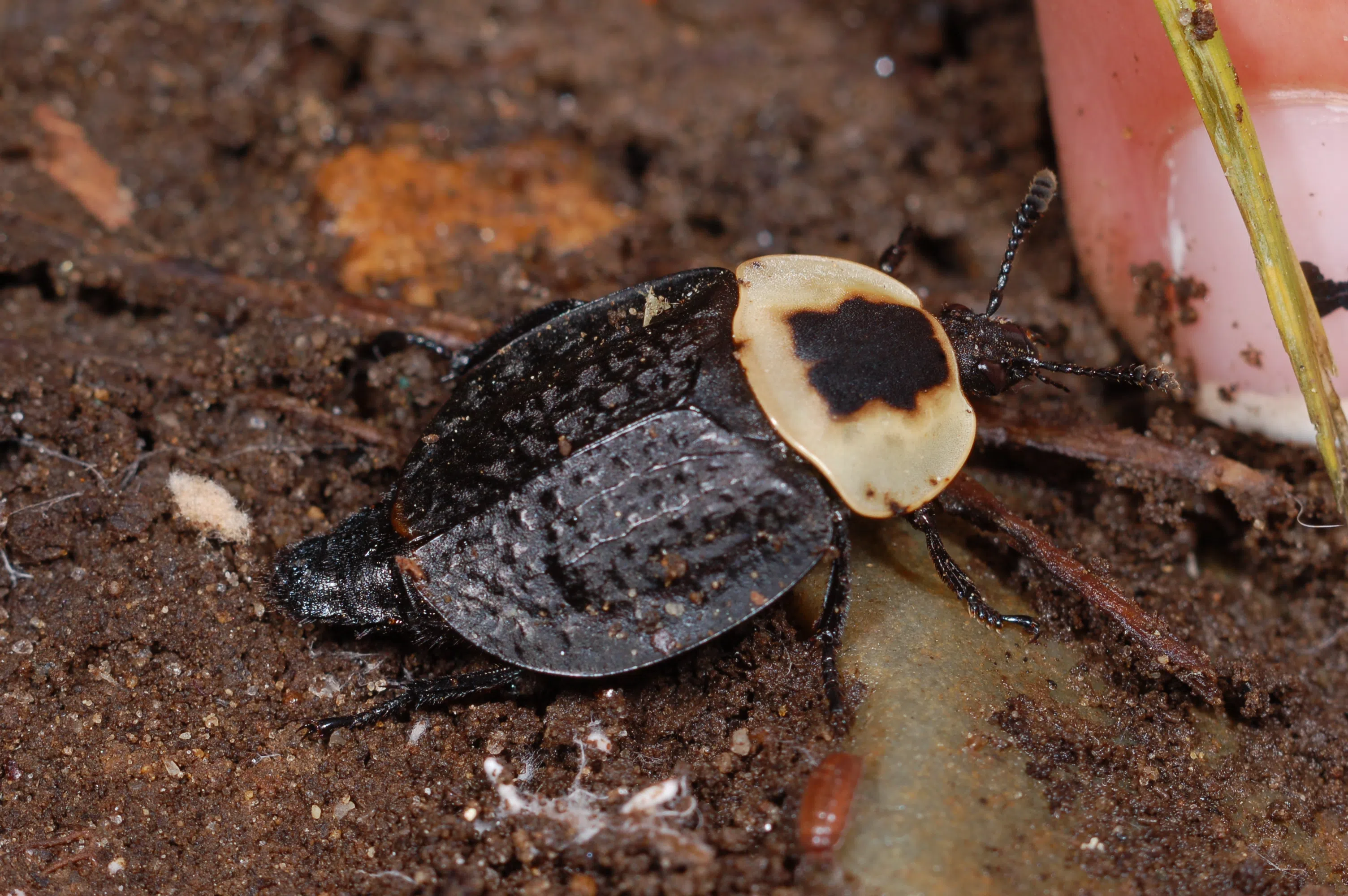Article written written by Kennedy Zittel
International Vulture Awareness Day takes place on the first Saturday in September each year. In honor of my favorite bird – the turkey vulture – let’s chat about some of the unsung heroes of the animal world… scavengers!
Scavengers eat: carrion (dead animals), dead plant matter, or refuse (garbage). Scavengers play a critical role in the ecosystem, they keep the environment clean and even stop the spread of diseases! Can you imagine if we didn’t have scavengers around? There would be dead animals everywhere, which would make for a very gross walk through the woods. Scavengers often have specialized stomachs, allowing them to eat dead things without getting sick. This also means that diseases die in the scavenger’s stomach, thus preventing other animals from getting sick. How neat is that?
One of the most well-known scavengers (the best obviously) is the turkey vulture. They are large raptors with a 5-6 foot wingspan. People often say they look weird because of their bald head, but that keeps them clean when they eat. Vultures have weak feet that aren’t strong enough to catch live prey. Instead, they use their sharp beak to rip through carrion. They have a highly acidic stomach… stronger than battery acid! This helps them eat carrion without getting sick and removes diseases to save other animals from getting sick … thanks turkey vultures!
Many birds are scavengers, especially in the winter when food is scarce. A lot of raptors including red-tailed hawks and Cooper’s hawks eat carrion. Even bald eagles eat at roadkill sites and love to eat dead fish. Speaking of, gulls also eat dead fish… and those cute little sandpipers and plovers along the beach are scavengers too! They eat dead insects that they find in the sand. Crows and ravens will eat many things, even carrion. Surprisingly, even songbirds (those that eat insects) will pick at carrion during the winter for extra protein… including chickadees!
Many mammals are scavengers. Raccoons and skunks will eat both carrion and dead plants. Coyotes, bobcats, red and grey foxes, and many weasel species will eat carrion. One of the more well-known mammal scavengers is the opossum! They are North America’s only marsupial mammal… which means they have a pouch that they keep their babies in (like a kangaroo!). They are opportunistic eaters and will eat almost anything. Dead animals, plants, berries, and they love to eat insects!
Speaking of insects, there are many tiny environmental cleaners too. Many insects eat carrion or dead plant matter. The American carrion beetle is the largest carrion beetle in North America (up to 2 inches long). They spend the day sleeping under leaf litter and then wake up at night to use their super sense of smell to find animal carcasses. They use mimicry to stay safe from hungry predators, they are yellow and black… to look like a bee! The water scavenger beetle is another beetle we see here on our preserve… when we pond dip. This beetle lives in the water and feeds on living, dead, and decaying plants. They are a slow and clumsy swimmer, which is okay since their food (plants) can’t move away from them.
Scavengers play a big role in keeping the environment clean and disease-free. It is because of all of those animals eating “gross” things that allow us to enjoy a clean walk through nature and keep many other animals from getting sick. Thank you scavengers!











